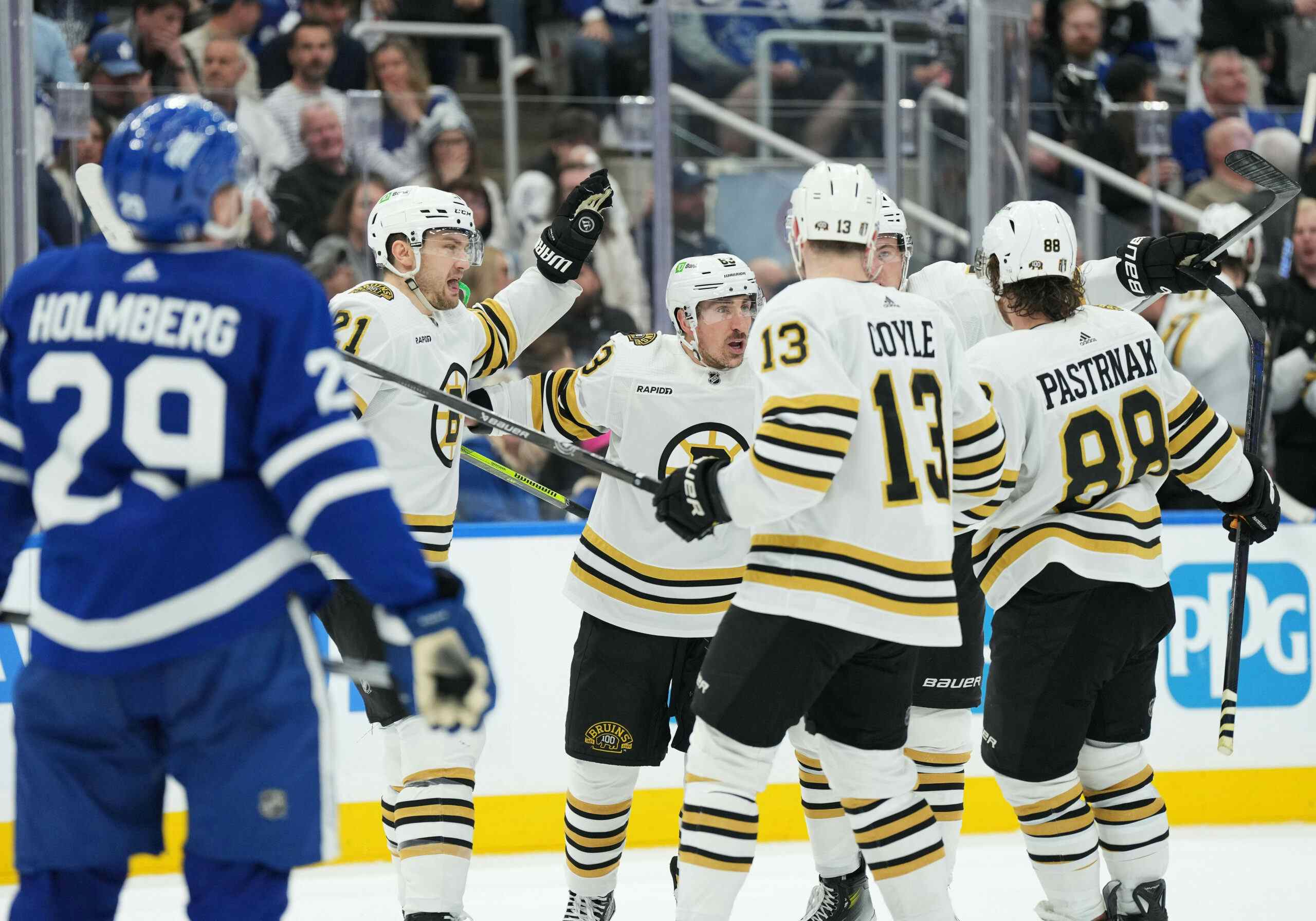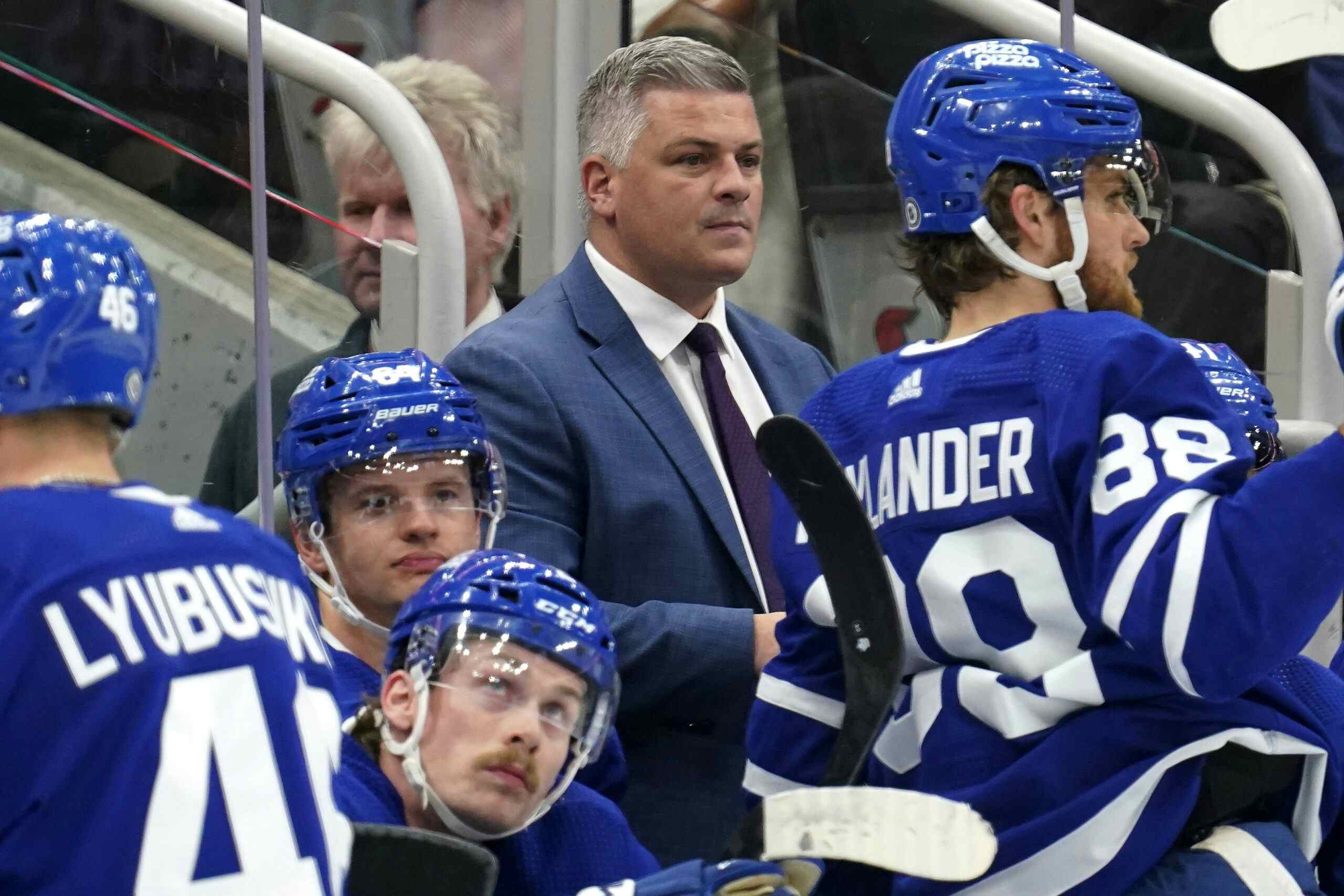10 Things To Consider Regarding Frederik Andersen

Photo Credit: John E. Sokolowski/USA TODAY SPORTS
Soo…. that happened. Some of us felt that the Leafs would pick up a new goalie, others felt they would hold on, and out of nowhere, the Leafs continued their tradition of stealing any spotlight back for themselves, making the biggest trade on a more active than anticipated day, sending a 1st and a 2nd round pick to Anaheim for Frederik Andersen.
Some love the trade. Some hate it. Now, most of us have had the chance to sleep on it, or if you’re a night owl like myself, barricade yourself in thought. Here are a few things worth considering before making a final judgement call.

- Giving up two picks seems contrarian for a rebuilding team, but it’s worth pointing out teams have contract and extended roster limits to worry about, that the Leafs are days away from having three blue chip forward prospects, and the team has a sizable supporting cast of U23 players. The Leafs were about to go into the draft with an inventory of picks that equaled the most ever. They’ve still got four more than were assigned to them. Late first rounders and early-mid second round picks have a better shot at success than most, but their odds are still low.
- Andersen has been on Toronto’s radar for a long time. Elliotte Friedman first linked the Leafs to the Danish giant on March 27th, 2015; nearly 15 months ago. Toronto’s new regime have afforded themselves a reputation for being forward thinking and for maximizing their assets. It’s weird to give any Toronto-based group the benefit of the doubt, but the fact that they made the very surprising first move on the goalie market probably means that they see something in him and didn’t want another team (looking at you, Calgary) to move in first.
- Maybe that “secret thing” has something to do with the new goalie equipment changes ahead? It was reported back in March that goaltenders would have the shape of their pants and upper body gear slimmed down for the upcoming season. Andersen is a genuinely big goalie; not just tall at 6’4, but far from lanky at 220 pounds. He’s someone who will likely not have much trimmed off of him, as he appears to fill out his gear as it is. On top of that, he is known for having top end post to post movement; agile goalies will see the least amount of hassle from the switch. He fits the bill in every way, which is a reason for optimism.
- If you want to talk about recent comparable trades, last offseason saw Robin Lehner and David Legwand head to Ottawa for a 1st round pick on June 26th, Eddie Lack head to Carolina for a 3rd and 7th round pick on the 27th, Cam Talbot head to Edmonton for a 2nd, 3rd, and swap of 7th round picks on the 27th, and Martin Jones head to San Jose for a 2016 1st round pick and Sean Kuraly on the 30th. These are all reasonably hefty returns, and Andersen’s quantities were a little bit better known than anyone else’s were in the group.
- Other goalies in the league signed for between 4.1-5.9 million: Steve Mason, Jonathan Bernier, the aforementioned Cam Talbot, Craig Anderson, Devan Dubnyk, Antti Niemi, Jaroslav Halak, Jimmy Howard, Roberto Luongo, Mike Smith, Marc-Andre Fleury, Jonathan Quick, Kari Lehtonen, Semyon Varlamov, and Ben Bishop. Only Andersen, Talbot, and Fleury had above league average save percentages in all three years leading into their signing, but most managed to get 2 of 3 years in and kept their performances up in the immediate seasons that followed.
- Andersen’s consistency in save percentage is something that has carried with him across multiple leagues. He was a 0.920 or above in all three of his seasons in Denmark, 0.943 in the SHL, 0.930 in the AHL, and is now 0.918 in his NHL career. He has never dipped below 0.914 (his second year in Anaheim) since hitting the men’s pro ranks.
- This is further shown in his Quality Start percentages. In his first 125 NHL games, he’s posted a quality start (above league average or >0.885 in games with <20 shots) in 68 of them (59.6%). This year, he was 64.9%, one of the best years of any goalie on our list and the best contract year of anybody other than Dubnyk (who got 4.33M at 28) or Varlamov (5.9M at 26). Having an above average goalie who you can rely on to keep you in most games is arguably more valuable than having one who can dominate or cost you a game on any given night.
- Toronto doesn’t need him to win the Vezina to see a drastic improvement, anyway. In a doomsday scenario where Stamkos doesn’t sign, Matthews, Marner, and Nylander aren’t better than the rental crew, everybody’s sticks stay dry, the team still gives up 19 empty net goals, and the defence doesn’t get any better, the Leafs need to eliminate 48 goals to hit a goal differential of 0. That requires a team save percentage of 0.921, which isn’t drastically above Andersen’s career average. If the offence is still equally bad but the team can remove 100 shots on goal, they only need a 0.917.
- Speaking of Steven Stamkos, “We just got an above average goaltender despite needing only average to get 30 goals better” probably helps their pitch if (when) he hits the market, as does proving they’re willing to commit to beginning the climb now and that they’ll sign other players with term if they’re the right fit.
- This leaves Jonathan Bernier in a bit of a rough place, especially with Lou Lamoriello making it clear that Andersen is their starting goaltender moving forward. With that said, I don’t think the Leafs are going to hold out for a massive bidding war for him, and moving him in the next three weeks shouldn’t be a problem. Teams without financial restraints might want to pounce on picking him up for a pick or fringe prospect in the coming days, or if you’re a cap floor team, you wait until Bernier is paid his $2M bonus on July 1st to pick up a goaltender likely to at least somewhat rebound with a $4.15M cap hit and a $2.15M salary.
I can’t say that the move was a home run in my eyes, especially at the moment that it was made. My initial reaction was that those were a lot of picks to give up for a market that some speculated would be overflowing with goaltenders, and that the Leafs seemed to be a little eager to pony up the money.
In fact, I still wonder if they could have ridden Jonathan Bernier out to the sunset and addressed the situation at the end of next season. But now that the dust has settled a bit, it’s fair to say that this was a line drive acquisition by the Blue and White. Andersen’s history implies that he’s a stable goaltender that will more often than not give you what you need to be competitive on a night in, night out basis. If Toronto feels that their skaters will be able to overwhelm their opponents on most nights, a reliable “good enough” goaltender might be just the right fit for the foreseeable future. We’ll see if Andersen is that guy.
Recent articles from Jeff Veillette





